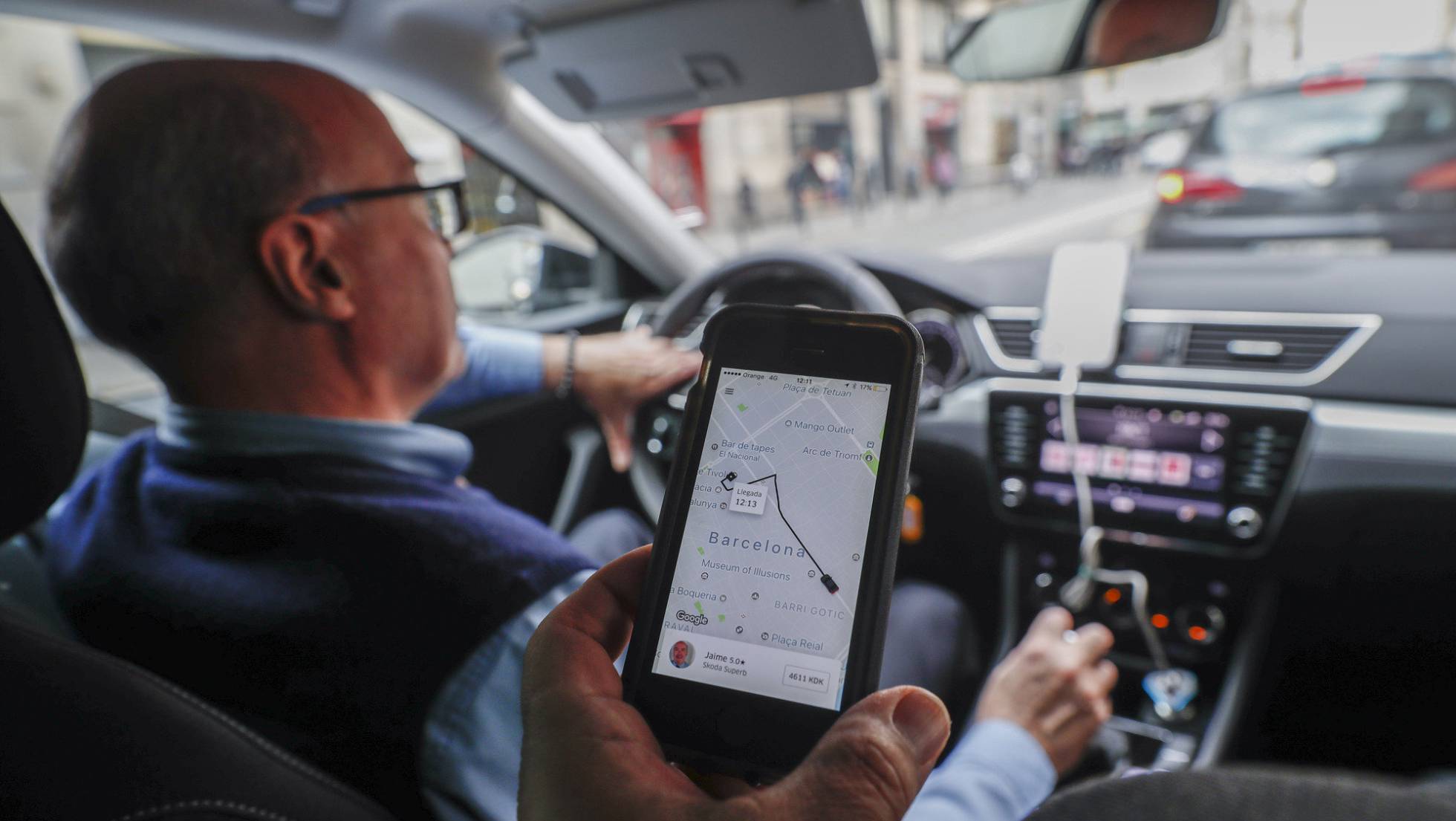
Uber and Cabify: Better Analysis for Better Regulation
(Spain) on 14 March 2018
by Fernando Monge (link to original)
Uber and Cabify are transforming urban transport, creating strong resistance and important debate in the process. Uber’s return to Barcelona didn’t take long to arouse suspicion. Serious concerns in the taxi sector are joined by the need to sufficiently shape drivers’ working relationships with ride-hailing companies. There are possible disadvantages to ride-hailing companies, but also interesting benefits. The problem is that our regulation of it seems to be dictated only by how influential some of the main groups affected are, and not by an exhaustive analysis of the pros and cons of ride-hailing services.
The two latest decisions about ride-hailing licenses are a prime example. The Barcelona Metropolitan Authority, headed by Ada Colau, has just passed a regulation requiring these companies to have a municipal license in order to operate (in addition to what is already required by law). Not too long ago, on Dec. 29, Mariano Rajoy’s government limited the issuance of ride-hailing licenses. Both decisions follow the Supreme Court ruling which opened the door to additional ride-hailing licenses, and reflect the very nature of our regulations: a combination of judicial decisions and successive legal stopgaps from different governments.
If we really want to improve the mobility of our cities, we need to conduct a more thorough assessment of the advantages and disadvantages of ride-hailing companies, so that we can design regulations that meet the legitimate needs of all those involved.
A more comprehensive analysis of the disadvantages would involve, for example, evaluating the effects of these companies upon traffic and the use of public transport, something which has barely been discussed. This lack of discussion contrasts with the debate currently taking place in the United States, where many studies have analyzed such impact. One of these studies concluded that in New York, companies like Uber and Lyft would have generated a net increase of 31 million journeys, 52 million travelers and 600 million additional travelled miles in three years.
This traffic increase has been linked to a general decline in the use of public transportation. Although part of this decline could be due to the growth of such companies, placing all the blame on them would be unfair. They also cover routes that public transportation does not, and they offer a service that many users prefer. Don’t forget that these services are provided at extremely competitive prices. Uber even lowers its prices to the point of incurring a loss, in a fight to the death with Lyft to acquire the market shares required by their business models. For the time being, the consumer wins, but public transportation’s purse takes a hit.
Unlike what’s happening in the U.S., cities like Madrid and Barcelona have seen an increase in the number of travelers on urban bus and metro services in the last five years. In contrast, the volume of traffic on the busiest streets in Barcelona fell between 2011 and 2015. Similarly, the average traffic intensity in Madrid also fell between 2011 and 2016. It’s little surprise that we compare the presence of ride-hailing companies in Madrid or Barcelona with cities like New York, though forming conclusions about the impact of ride-hailing companies in Spain requires more detailed information.
The creation of detailed information is one of the benefits that both ride-hailing companies and taxis could offer, if they make the data available to city councils, something that cities in the U.S. are continuing to fight for. Other possible benefits include the use of shared services (car pools) to encourage a more efficient use of vehicles, or the increase of transport for people who have reduced mobility, are elderly, or who have medical needs, similar to what is already happening in the United States. So as not to give up these potential benefits, an alternative to prohibiting or extremely limiting ride-hailing licenses would be to allow the service’s progressive expansion, reducing the potential negative impact of outsourcing through taxes, which is what was done in Chicago, where the city uses these taxes to fund public transportation.
Our politicians currently prefer the restrictive route, apparently due more to political pressure than to public policy concerns. If the U.S. experience is of any use to us, it’s to demonstrate that denying the negative impact of ride-hailing companies means falling into the trap of technological optimism, but banning them without taking advantage of the opportunities they offer would be to limit ourselves to what we already have, for fear of having a better future.
*Editor’s note: The original article refers to Uber and Cabify as “VTC,” which appears to be an acronym for the Spanish “compañías de arrendamiento de vehículos con conductor” or companies of leased cars with drivers, more familiar in the U.S. as ride-hailing companies.


